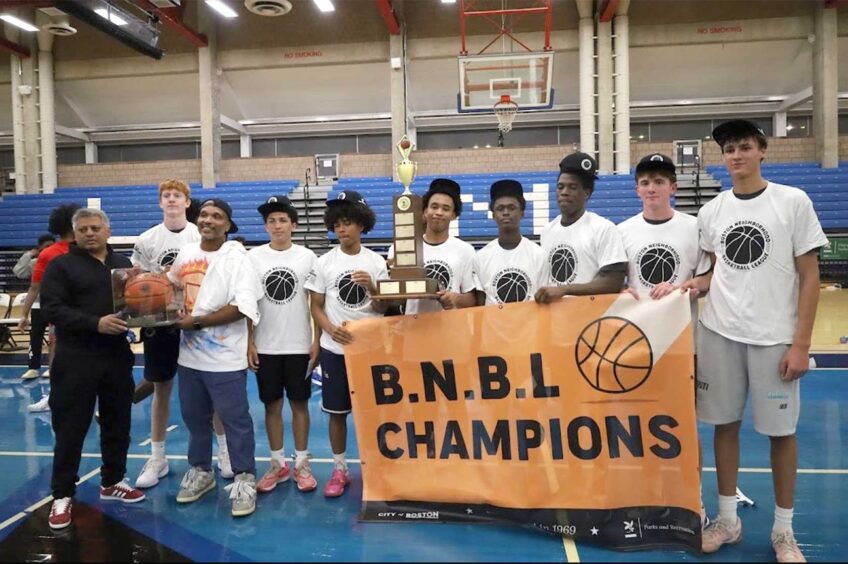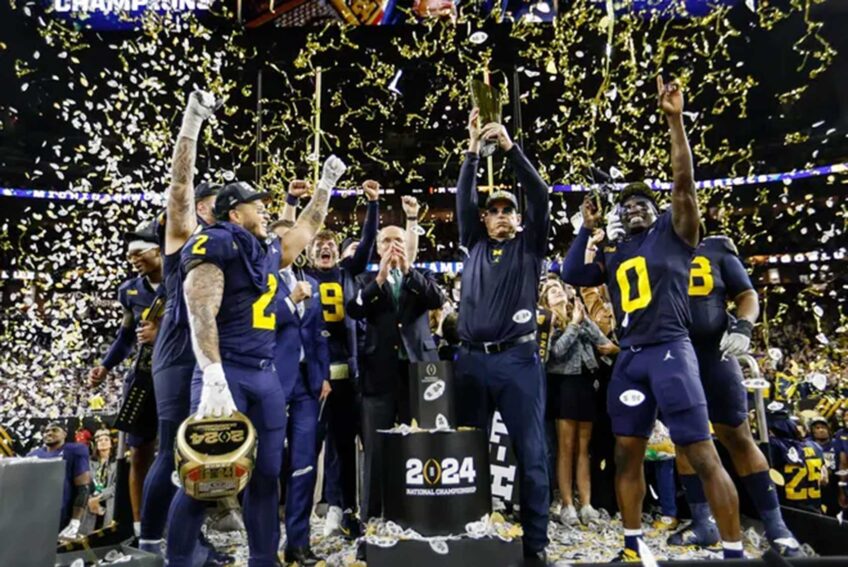What do NFL front offices and the White House have in common? Sadly for both, this has been a season of hiring where diversity has declined. The NFL is 0 for 8 and the White House is 0 for 4 in the early stages of appointments in this term.
Eight head coaching openings in the NFL equal 25 percent of the top jobs in the league, and none were filled by an African American or Latino. With the firing of Romeo Crennel at Kansas City and Lovie Smith at Chicago, the NFL coaches of color went down from six to four, leaving Latino Ron Rivera at Carolina, Mike Tomlin at Pittsburgh, Marvin Lewis of Cincinnati and Leslie Frazier at Minnesota.
To be clear, the NFL hiring season is over, but there are still more cabinet appointments to come from the White House. The Obama administration also points out that 43 percent of its appointees have been women, including two on the U.S. Supreme Court. So for now, this is where the similarity between hiring in the NFL and the White House ends.
In defense of the NFL one could argue that this is just a single hiring period; new jobs open up all of the time. One explanation beyond the possibility of a freak hiring season is that with success comes complacency and a lull into a state of comfort. This could come about as all parties concerned — team, league officials and advocates of diversity issues — lost their edge and vigilance on promoting diversity. The remedy here would be to redouble those efforts going forward into the next hiring cycle.
A second possible explanation is that in an era of societal proclaimed color blindness we are simply seeing a down year for the hiring of people of color in the NFL. Time is the remedy for that problem. The third, and the one we all hope we are beyond, is that there was bias in these hiring decisions.
Bias can take on many forms, both conscious and unconscious. We have yet to solve this problem, particularly where there is no clear-cut evidence that bias was present. Whatever the case, our great societal challenge is not to backslide in those sectors where we have made progress in diversity and inclusion. The NFL and the president’s cabinet are two of those spaces.
Our systems to promote diversity are still not perfect. Some might argue that in football, the Rooney Rule has run its course. Ten years ago the NFL adopted the Rooney Rule, which made it a requirement that teams with head coach openings interview at least one candidate of color. At the time, there were just two black head coaches in the league. Now we have three.
The NFL may need more of Commissioner Bud Selig’s Major League Baseball style of motivating minority hiring. By all accounts he intervenes in the hiring process in whatever unique way makes sense for that particular job. The fact that Selig is a former owner and has that unique brand of relationship with the owners in MLB cannot be overstated.
My recommendation is for the NFL to spend some time refocusing. At some level the owners involved in hiring during this season need to provide to Commissioner Roger Goodell the answers to the following questions:
1) Why were the available candidates of color not hired?
2) How sincere were the interviews of the people of color you did conduct?
3) What can we take from your experiences to assist in accomplishing the NFL goal of equal opportunity in the hiring of people of color?
The list of candidates of color that are NFL head coaching quality is extensive. Football insiders point to: Lovie Smith, a coach with a Super Bowl appearance under his belt fired by the Bears after missing the playoffs with a 10-6 season; Jim Caldwell, the offensive coordinator at Baltimore and former head coach of the Indianapolis Colts, also with a Super Bowl appearance; and Ray Horton, a 19-year NFL assistant who is the defensive coordinator for the Arizona Cardinals.
The college ranks had multiple coaches of color ready for the next level as well. They included Kevin Sumlin, twice a finalist for NCAA coach of the year. At Texas A&M his Aggies defeated the national champions, Alabama. The other stellar candidate on that list is Stanford’s David Shaw, who has a made-for-the-NFL résumé at 40 years old with two successful seasons at Stanford as well as NFL experience. He signed a long-term deal with Stanford so there is some validity to discounting him as a viable NFL candidate.
The men hired by NFL teams in this cycle may all be the right people, but the overall outcome is disappointing. Process is a key, and the Rooney Rule imposes inclusion in the process. Now it appears that the NFL needs to dig deeper to capture the success of the past. That is, of course, unless this year was that mere aberration. Is that the lesson, that these types of matters will ebb and flow and some years will be “better” in minority hiring than others? If the formula can be found for sustainable NFL diversity and inclusion success, we should certainly look to tweak that path to success for the rest of society.
Kenneth L. Shropshire is the David W. Hauck Professor at the Wharton School of the University of Pennsylvania and the Faculty Director of its Wharton Sports Business Initiative. He joined the Wharton faculty in 1986 and specializes in sports business and law, sports and social impact, and negotiations. He also practices law as Special Counsel at the global law firm Duane Morris LLP.






